So what did you think of the dawn of the Turnbull Experiment 2.0? Is this going to be a new way forward for renewable energy in this country? A move away from the scorched earth policy of the Abbott administration? Or will it be a better-dressed, better-spoken continuation of the Abbott government’s war on renewables? [Read more…]
Will Turnbull Practice What He Has Preached about Solar?
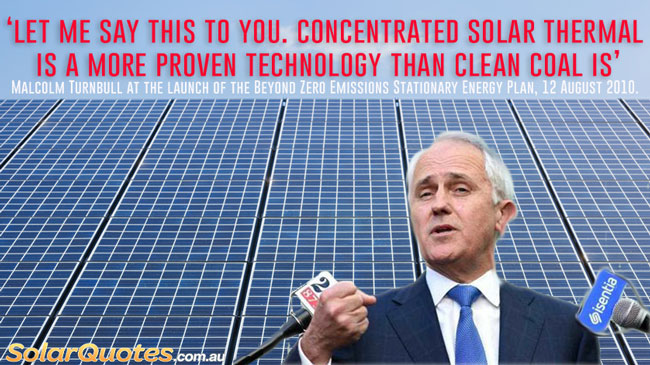
Malcolm Turnbull talks the talk but has consistently voted strongly against increasing investment in renewable energy.
The quote above comes from a video of Malcolm Turnbull giving a speech to launch the Beyond Zero Emissions Stationary Energy Plan in Sydney in 2010. The plan was (and still is) a blueprint to affordably go to 100% renewables in Australia within 10 years. [Read more…]
Will the Solar Council’s campaign in Canning help bring down a prime minister?
The heat is really on in Western Australia with the entry of solar energy in the Canning by election campaign. The seat which was recently vacated following the untimely death of then sitting member Don Randall, has become a focus for those looking for an indication of the electorate’s opinion on the government’s performance.
The previous incumbent was a popular representative and enjoyed a healthy margin in the opinion polls. However this has been whittled away in recent times due to the federal government’s incompetence, intransigence or bad luck, depending on your political point of view. [Read more…]
Climate Institute poll finds Australians support renewables
Banish any questions you may have had about whether or not Australians support renewables. If you listen to certain, unnamed cash-for-comment shock jocks, certainly in NSW anyway, you’d be of the opinion that Aussies generally find solar power and wind farms completely objectionable.
Of course nothing is further from the truth as a poll released by The Climate Institute last week to coincide with the unveiling (dare we say unravelling?) of the government’s emissions reduction target. The poll shows the extent to which Aussies prefer solar and wind energy over that of fossil fuel. [Read more…]
NZ switches off coal in favour of renewable energy
News that our neighbour across the ditch is switching off fossil fuels in favour of renewables will have sent a shudder through the corridors of power this week. For New Zealand has announced that it will close its last two coal mines by 2018 and aim towards a 90 percent renewable energy target by 2025.
The New Zealand decision to support renewables has been forced on the Shaky Isles due to the increasing cost competitiveness of renewables such as solar, wind, hydro and geo-thermal and an growing lack of demand for fossil fuel-based energy. [Read more…]
WA government gives ground on solar energy purchase agreements
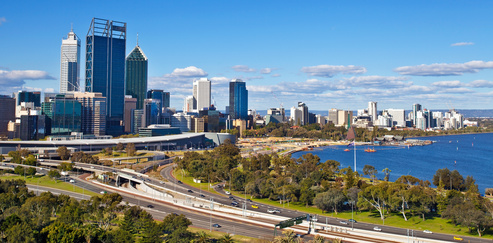
It is now a lot easier for for WA and Perth Solar Installers to sell Power Purchase Agreements (or PPAs)
It’s not often that the Clean Energy Council and a conservative government agree on funding for solar energy purchase agreements but this week appears to have achieved that very scenario. For the West Australian government — that bastion of conservatism west of Adelaide — has introduced a scheme which will make it easier for customers to access solar energy.
The key is the removal of certain restrictions on solar power purchase agreements (PPAs), said Clean Energy Council WA Manager Dermot Costello. He added that the proposed change could help households and businesses make an informed choice about benefit from solar power, according to a CEC press release. [Read more…]
Will Abbott take Spain’s lead and start taxing solar battery storage?
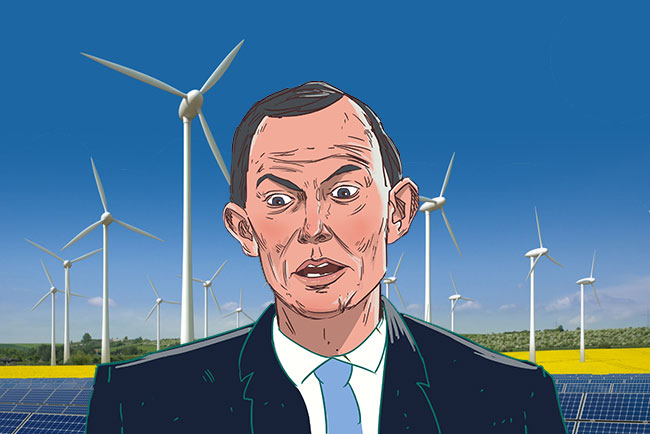
Tony Abbott finally admits what we all knew. He despises renewables. What will be his next move? A Spanish style “battery Storage Tax”?
The government’s war on renewables went into overdrive this week. The nation shook its collective head in disbelief as we heard the prime minister say to Alan Jones, notorious shock jock and confirmed anti-renewable energy advocate, that wind energy farms were “visually awful”. [Read more…]
Time to ignite an African solar power revolution
A recent World Energy Outlook report found that over two-thirds of people in Africa live without electricity, a shocking statistic that costs the continent in health; investment, pollution and education opportunities. This lack of energy infrastructure has stalled GDP growth across the continent and underlined the need for an African solar power revolution to fill the energy. [Read more…]
Abbott accepts gift of Coal Seam Gas well at Kirribilli House
1 April 2015: Tony Abbott announced today that he has accepted the ‘very kind’ gift of a free Coal Seam Gas Well to be installed on the front lawn of Kirribilli House.
The offer from the ‘Concerned Oil, Diesel & Gas Executives Rejecting Solar” (CODGERS) to come and frack every last molecule of gas from beneath his official Sydney residence was confirmed by the PM at a press conference this morning:
“Yes – I can confirm that I have accepted this very kind offer from the CODGERS. I look forward to watching the fracking commence and coming home every night to that sweet, sweet smell of fugitive methane”
This comes just 2 weeks after Abbott rejected the offer of free solar panels + installation from a group of concerned Christians citing security concerns and cleaning costs (of $4 per panel per year).
When asked what he will do with all the fracked gas that the well will generate the PM responded:
“Great Question! It will be used to incinerate all the reams of paperwork lying around the place that aren’t needed any more. Like the RET & Carbon Tax legislation, the Kyoto Protocol and 80% of last year’s budget papers. I also want to get rid of the few remaining copies of the UN Convention on Human Rights that Scott Morrison couldn’t fit in the skip”.
Deal or no deal? Renewable energy target negotiations hit tipping point
So is it deal or no deal? What is the current state of the renewable energy target negotiations between the government and the Senate?
Last week a split appeared to form in the previously rock-solid front put forward by the organisations lobbying on behalf of the renewable energy sector. The break was instigated by the Clean Energy Council which called for the target to be reduced to 33,500 gigawatt hours from the promised figure of 41,000 as an acceptable compromise.
The CEC’s figure, contained in a letter to the Prime Minister, is in itself a reduction from its own bargaining position of the “mid to high 30,000s” according to the Sydney Morning Herald. [Read more…]

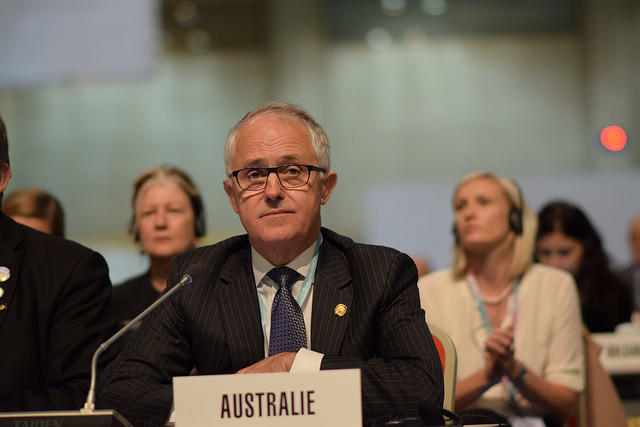
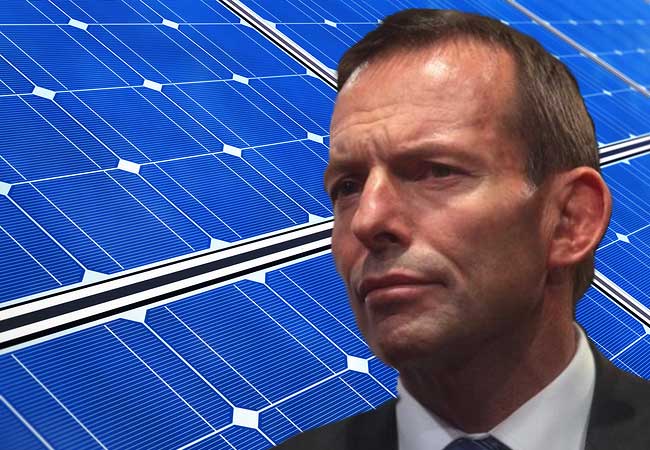
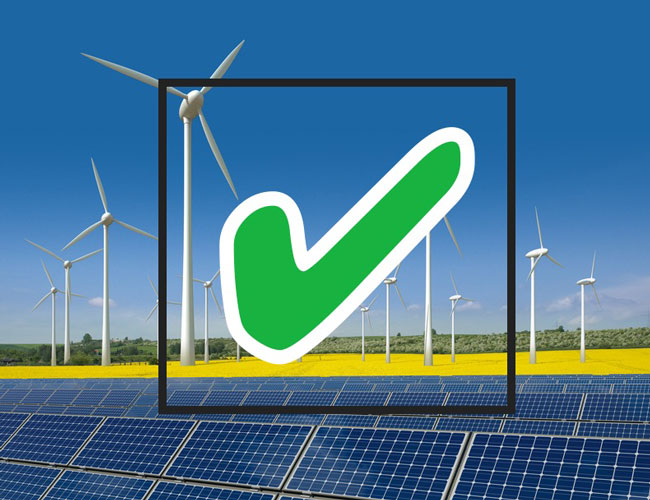
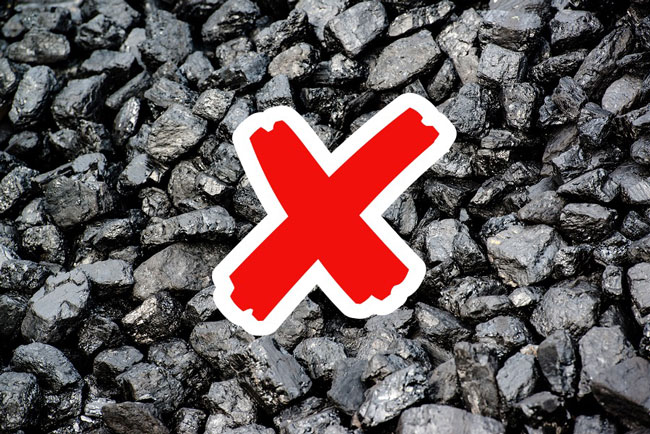
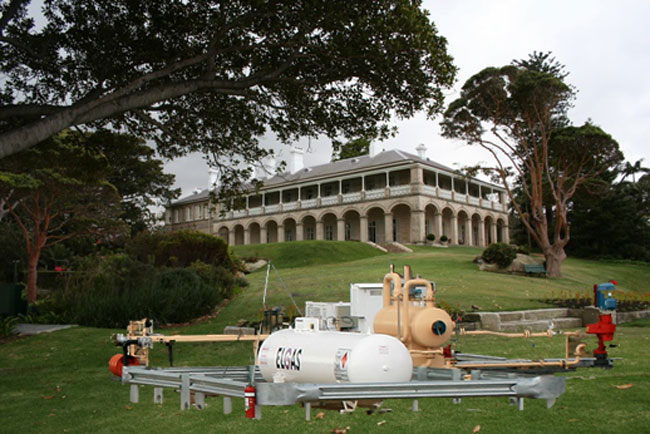

 RSS - Posts
RSS - Posts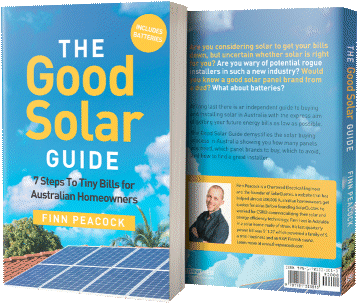


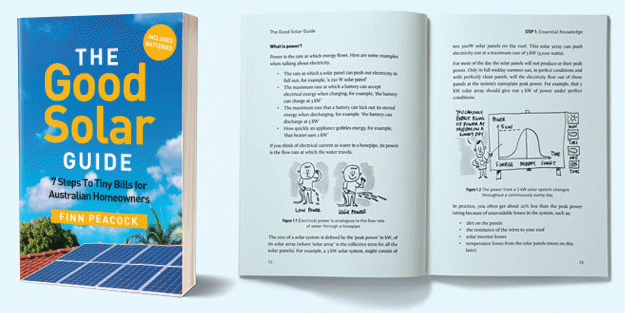
Currently Raging Debates: